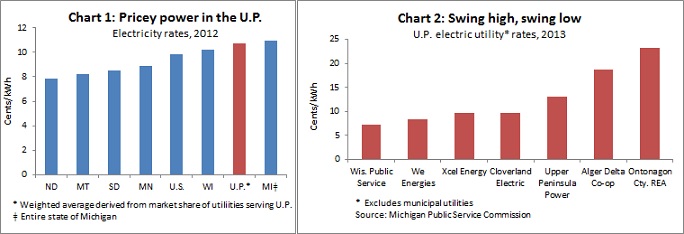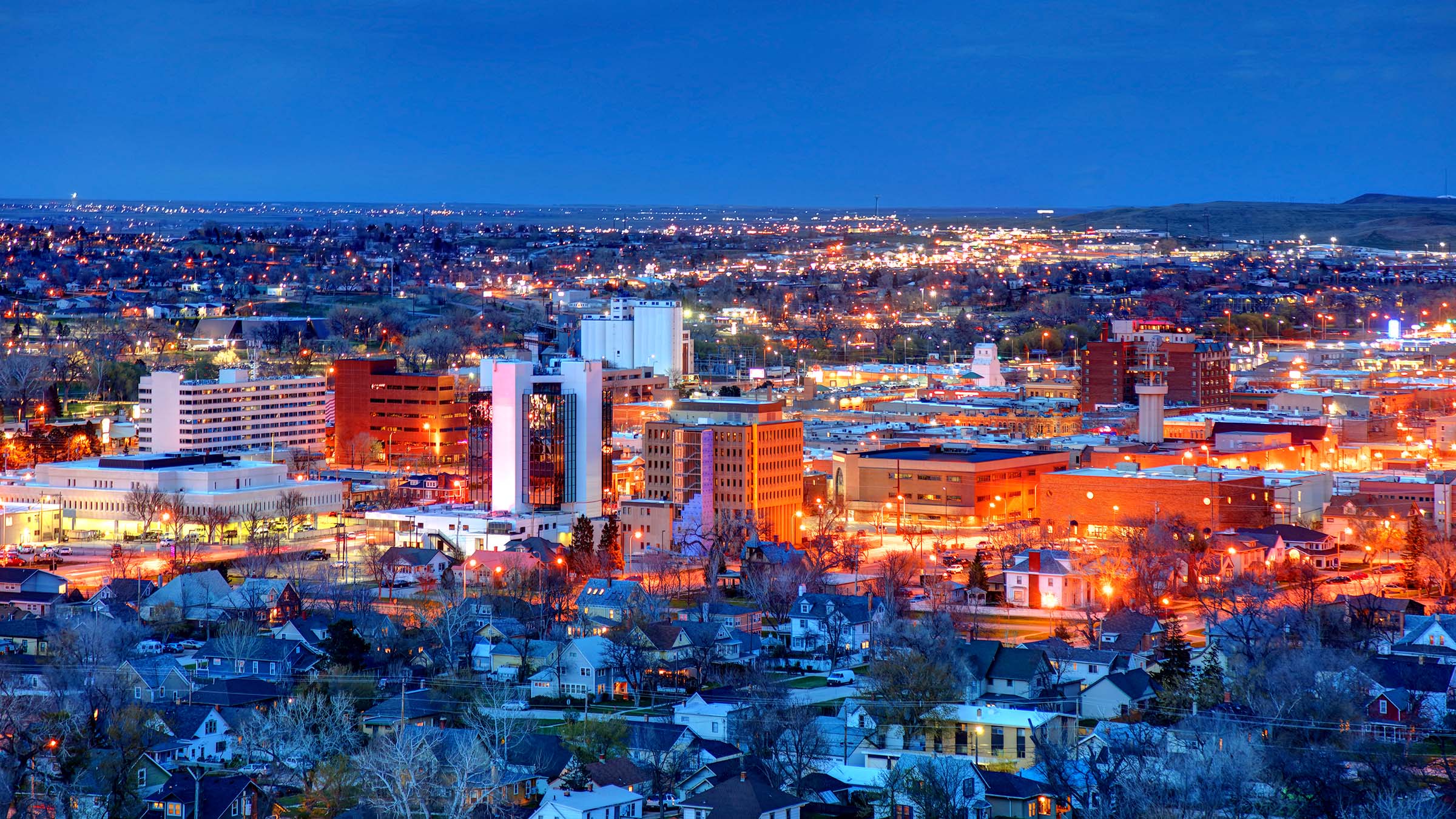Households and firms in the Upper Peninsula of Michigan have long complained about expensive power. Civic and business leaders say high electricity rates squeeze family budgets and hamper efforts to foster industrial development in a region plagued by high unemployment.
Angst over the price of U.P. electricity has come to a head this fall. A regional power grid authority has ordered Wisconsin-based We Energies to continue operating an aging coal-fired power plant near Marquette, with costs passed along to U.P. ratepayers. If federal energy regulators approve, U.P. utility customers could see average rate increases of $100 annually to fund operating subsidies for the Presque Isles plant and two other coal-fired power plants in the U.P.
The Michigan Public Service Commission and big U.P. power consumers such as Cliffs Natural Resources—owners of the Empire and Tilden iron mines—have objected to the proposed rate hikes, saying they would further burden utility customers already paying dearly for electricity.
Federal price data show that U.P. residents pay higher electricity rates than those in other parts of the Ninth District and the nation as a whole (see Chart 1). Electricity costs about 20 percent more in the U.P. than it does in Minnesota and about 35 percent more than in North Dakota. But Yoopers pay less than Michiganders overall, and U.P. power is a bargain compared with utility rates in some parts of the country, such as New England.
However, the U.P. average rate obscures wide disparities across the peninsula; residents of some U.P. communities pay significantly more than others to keep the lights on, the result of differing customer densities and, in some cases, reliance on imported power rather than local generation sources. State PSC figures for 2013 show that power producers such as Upper Peninsular Power Co. and the Alger Delta Cooperative Electric Association, which primarily serve customers in the western and central U.P., charge much higher rates than other utilities (see Chart 2).






